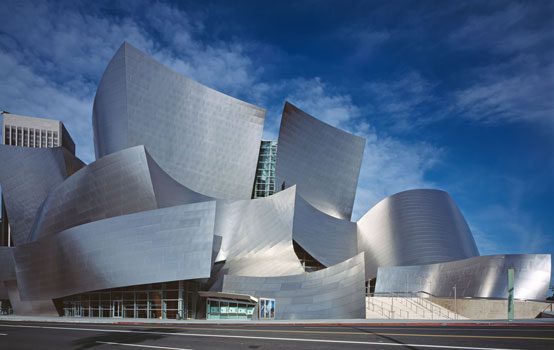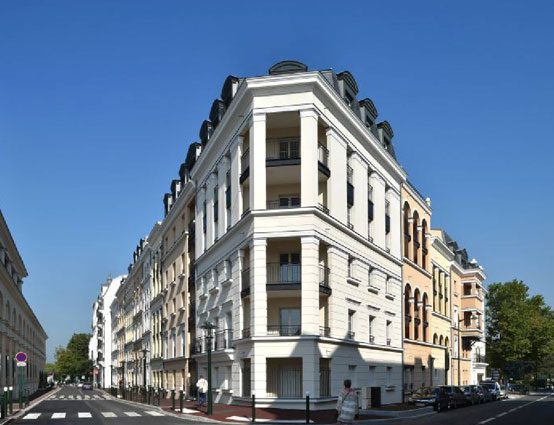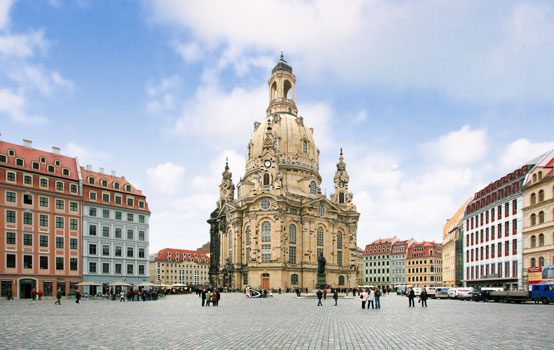Why No Nobel Prize For Architecture?

There is no Nobel or Pulitzer Prize for architects or urban planners. Such an omission is not necessarily surprising, since the design field is neither pure art nor practical or theoretical science. (Nor is it statesmanship, even with the inevitable political element of large building projects.) But there is no doubt that few other fields have as much impact on our everyday lives, in both public and private realms.
Over the last few decades, many have recognized that there should be formal, public recognition of the most accomplished architects outside of their own professional circles. And at least two prominent philanthropists—both based in the long architecturally-vibrant Chicago—have acted to make such an award a reality.
In 1979, the Pritzker family, owners of the Hyatt hotel chain, established a prize for architects that awards $100,000 annually. The late Jay Pritzker had been a fan of using trend-setting architects in his business, with Hyatt hotels becoming famous in the 1960s and ‘70s for their dramatic, glass-enclosed lobbies and elevators.
The first recipient of the Pritzker Prize was Philip Johnson, known for his minimalist Glass House and later more playful postmodern skyscrapers. Subsequent recipients of the award include some of the most famous contemporary architects—IM Pei, Frank Gehry, Norman Foster, and Rem Koolhaas, for example. These may not be household names for regular folks, but for say, average readers of the New York Times, they will likely be familiar, their conspicuous buildings now icons of the cities where the cosmopolitan elite tend to reside.
By 1988, architecture critic Paul Goldberger could report in the Times that “architects have come to speak of the Pritzker Prize as their peers in science and literature speak of the Nobel … If the Pritzkers wanted their prize to have an air of gravity, they have gotten it.” At the time, Goldberger criticized the Pritzker selections as being focused on architects who treat buildings primarily as “pure objects,” rather than “having something to do with the physical and cultural makeup of the place in which they are built.”

The trend Goldberger identified largely continued to the present day. Pritzker laureates known for monolithic slabs of glass may have been replaced with postmodern deconstructivists—for whom the primary aim is the formless “shock of the new”—but there has been little change to the trajectory of the Pritzker Prize as it approaches its fifth decade. This year’s Pritzker laureate, Indian architect Balkrishna Doshi, calls radical modernist Le Corbusier his “guru,” and while his public housing projects evince some characteristics of human-scale streets, other buildings display the cold features of Brutalism that often contribute to somewhat lifeless urban surroundings.
A more recently established alternative to the Pritzker, established by Chicago financier Richard Driehaus in 2003, has thus breathed new life into the conversation about architecture. For over a decade now, the Driehaus Prize, which is administered by the University of Notre Dame, has sought to recognize architects who would otherwise be ignored by the stifling ideology embraced by the Pritzker and the architectural establishment.
Its detractors might characterize the Driehaus Prize, if they acknowledge it at all, as a kind of reactionary embrace of tradition. It is true that the prize tends to lean toward architects who embrace classical forms, but perhaps its most overlooked virtue is its emphasis on creating vibrant places—what in the professional vernacular is often simply called “urbanism.”
The first recipient of the Driehaus Prize, the London-based Leon Krier, has written that “All buildings, large or small, public or private, have a public face, a facade; they therefore, without exception, have a positive or negative effect on the quality of the public realm, enriching or impoverishing it in a lasting and radical manner. The architecture of the city and public space is a matter of common concern to the same degree as laws and language—they are the foundation of civility and civilisation.”
This sentiment has carried down to the 16th recipients of the prize, French architects Marc Breitman and Nada Breitman-Jakov. The husband-and-wife team were recognized in January for “their outstanding achievements in introducing human scale and proportion and the grace of classical architecture to large public housing developments in France and Holland, creating a sense of place as well as enhancing urban security and civic welfare.”
The Breitmans’ most well-known development, a neighborhood of Paris suburb Le Plessis-Robinson, had become a slum of undesirable public housing. Under the care of the Breitmans and other architects, it has been transformed into something that not only is unmistakably French, but could be assumed to be a wealthy neighborhood, such is the care that has gone into the new streetscape.

Along with the prize for the Breitmans, Notre Dame also announced that it would bestow the Henry Hope Reed Award—a recognition for non-architects named after one of the last century’s most important architectural critics—on a German businessman who has worked to restore a district of Dresden once left for dead after World War II.

The alternative architectural prizes aren’t limited to those run by Notre Dame. The independent Institute of Classical Architecture and Art also recognizes the traditionally inclined with awards for architecture, education, history, and interior and landscape design. This year’s honoree for her work in architectural education was Elizabeth Plater-Zyberk, one of the founders of the New Urbanism movement (and co-laureate, with her husband Andres Duany, of the 2008 Driehaus Prize).
The Pritzker and Driehaus prizes are far from possessing the wide public prestige of the Nobel or Pulitzer brands—and the Driehaus Prize unsurprisingly receives far less media coverage than the avant-garde Pritzker awards. Yet we should praise the effort to elevate architecture and urbanism to as important an activity in civilization-building as any other art, science, or civic activity. And urbanists everywhere can be grateful that at least one of these prizes recognizes practitioners of a once nearly lost tradition, one that builds places at a human scale.
Lewis McCrary is executive editor of The American Conservative.
Comments